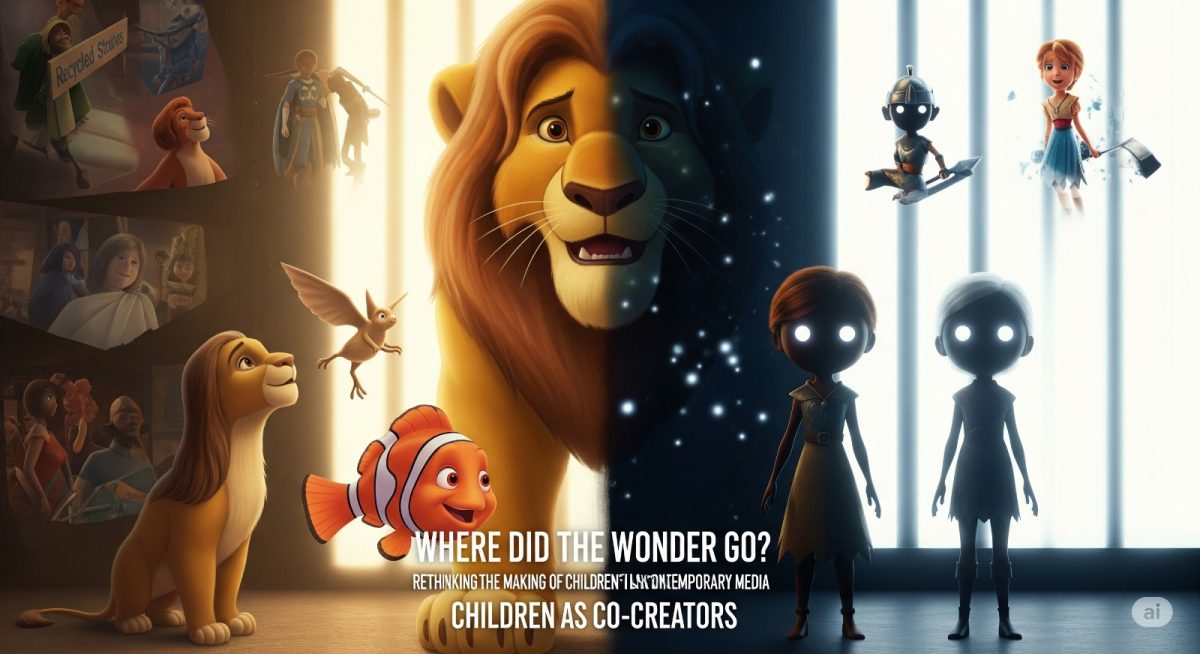Written By Jermaine Magethe
There was a time when children’s films were bursting with new magic. Take The Lion King, Finding Nemo, Mulan, Lilo & Stitch stories that offered new characters, new worlds and powerful emotions. These weren’t films. They were cultural touchstones. They opened people’s mouths, packed theaters to capacity, moved generations and most importantly, placed children at the forefront of meaningful storytelling.
Cut to the present day: the screens glow brighter, the animation is more defined and yet. something is lacking.
What happened?
With older classics, the stories were simple yet emotionally dense. The Lion King was a tale of loss, leadership and identity. Finding Nemo was a father’s quest to locate his son. These weren’t narratives involving multiple timelines, plot turns, or parallel worlds. They believed in kids following a path and more importantly, feeling something.
Now, so many new films are packed with jaw-dropping imagery and expansive sci-fi vistas, but the emotional core of the story is sacrificed in the process. Films like Elio, Strange World, or Wish are full of sophisticated world-building but lacking in the emotional specificity that once defined the greatest children’s films.
The lesson? In trying to do more, so many films end up saying less.
The Age of the Remake: Familiarity Over Freshness
Studios now appear more secure rebranding older films than producing original ones. Whether The Little Mermaid, Moana, or How to Train Your Dragon, the trend is significantly weighed in favor of nostalgia.
But what does that do for children today?
They are being offered reimagined versions of stories that were never created with them in mind. Instead of building new myths, we’re recycling old ones sometimes with updated visuals, but rarely with new perspectives.
While remakes can be exciting and offer representation that was missing in earlier versions, they also risk telling children: “There’s nothing new for you, only what worked before.” In most children’s movies today, we have our fantasy creatures and huge digital backgrounds but not enough of realness ; the kind of real emotion and mass appeal that made great films timeless.
The best children’s tales need not be big; they need to be genuine. They need to tell the richness of childhood, all questions, apprehensions, delights, and wonder. And what better people to assist in crafting those tales than children themselves? The beauty of the older Disney and Pixar films was that they trusted their audience. They didn’t overcomplicate it. They were concerned with character, feeling, and content.
Films like Toy Story and Mulan demonstrated that a simple story if told in complete sincerity could have a significant impact.Today’s creatives are under pressure to innovate. But innovation is not always about doing more. Sometimes it’s about returning to the beginning: a heart-centered tale told in the voice of a child, untainted by the weight of corporate-speak or several drafts.
At Mtoto News, we believe that the future of storytelling must include children not only as witnesses, but as co-creators.We have witnessed firsthand on platforms like Toto on Podcast and Sauti Zetu that children have rich, imaginative voices. They ask tough questions. They dream up better worlds. They love fiercely. They don’t need one more rehashed fairy tale. They need stories that see them, hear them, and invite them to take the lead.
So let’s push for films that reflect the real diversity of childhood. Let’s campaign for content in which the child is not just a character, but a co-producer. Let’s reaffirm the magic not just in animation guise, but in storytelling spirit.
Because when children are part of the process of making, the stories don’t just entertain. They empower.

